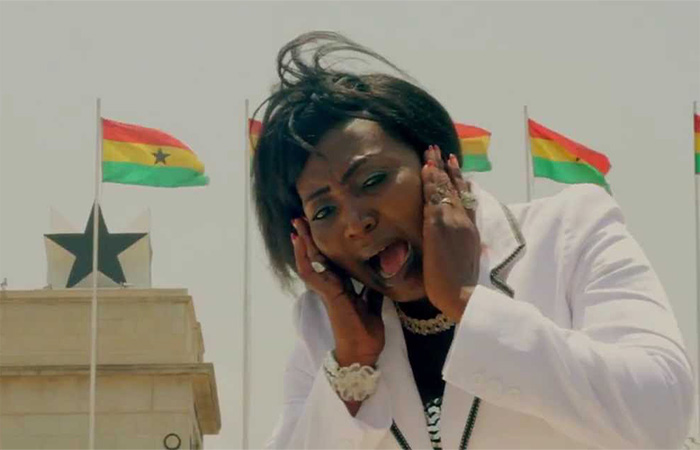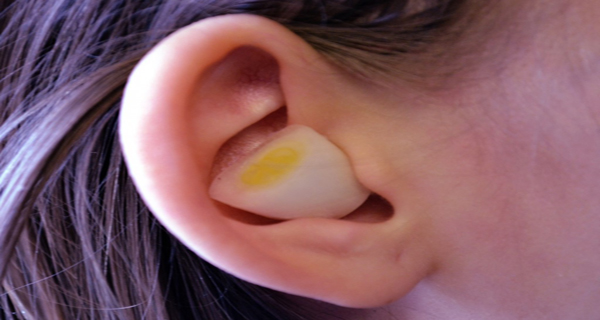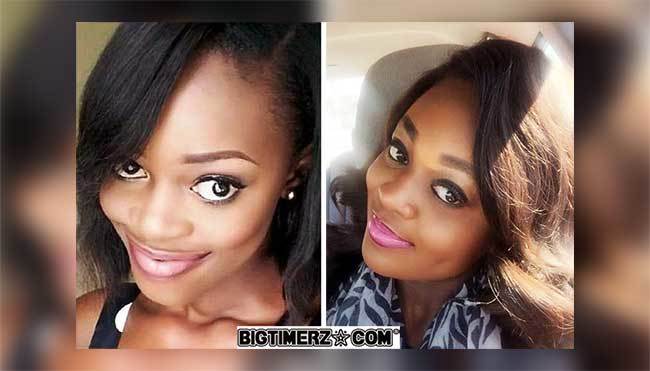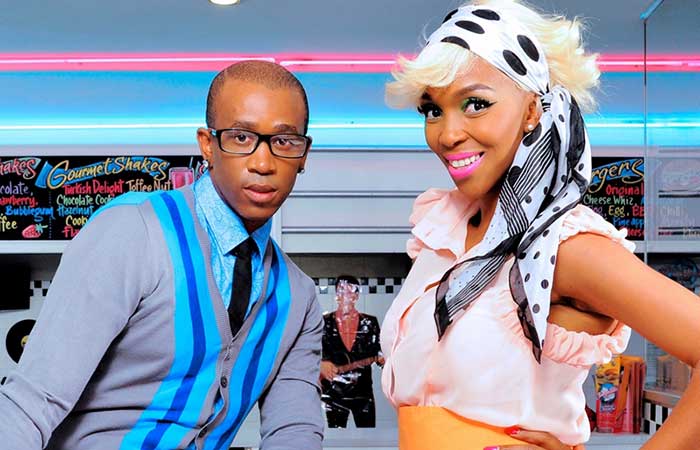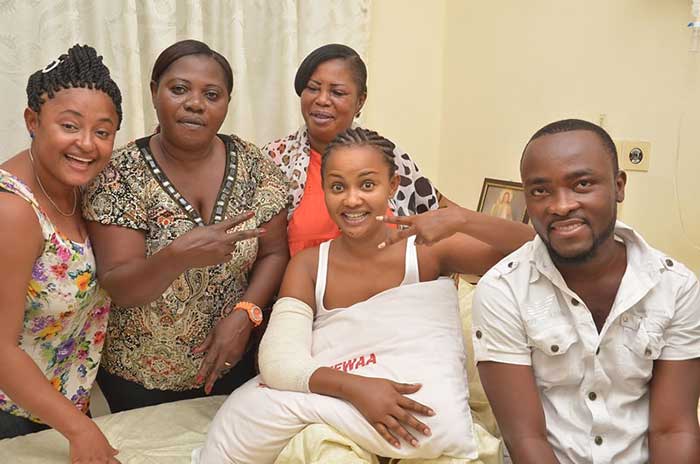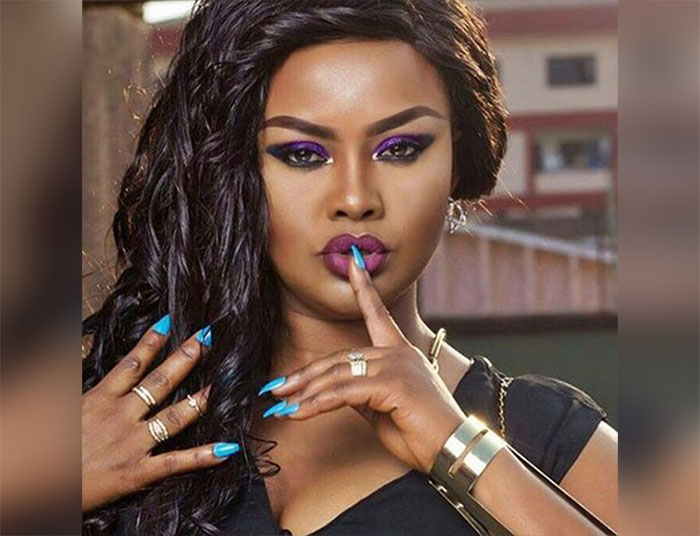Love Matters & Lifestyle

- Super User
- Category: Love & Lifestyle
- Saturday, 30 July 2016 14:31
Causes of acne and how to treat pimples and blemishes on your face...
By Mirror, Photo: Courtesy
Stress, hormones, diet and pollution are among the factors that can cause spots but there are ways to make your skin better
If you think spots are just a teen problem, think again. Millions of women in their 30s, 40s and beyond are dealing with acne.
And, according to a study by WhatClinic, 88% of skincare specialists have seen an increase in enquiries from adults with spots, blemishes and acne, with more than a third of people over 35 seeking treatment.
So what’s causing this?
More than a quarter (27%) of specialists put it down to stress and hormones. A similar number said it was due to increased awareness of treatments.
Diet (15%) and pollution (12%) were also named by experts as causes of adult acne. Dr Terry Loong, cosmetic doctor, hormonal expert and author of The Hormonal Acne Solution, says triggers include:
A high-sugar diet: Sugar is inflammatory and increases oil production by converting testosterone (a male hormone which governs the oil our skin produces) to a more potent dihydrotestosterone.
Stress: Increased cortisol – the stress hormone – increases blood sugar, inflammation and blood pressure. It also affects gut health, affecting digestion and nutrient absorption. Stress can also increase wear and tear of skin cells and impact skin repair.
An unhappy gut: The official term is gut dysbiosis – the gut may be over-populated by bad bacteria so nutrient absorption is affected, leading to leaky gut syndrome, allergies or breakouts. This can occur because of antibiotics, illness or a bad diet.
Food sensitivity: Food intolerance caused by a genetic tendency or gut dysbiosis can trigger acne, skin rashes, aches and pains, foggy brain, excessive phlegm and disturbed sleep. Common acne culprits include dairy, gluten, caffeine, alcohol and peanuts.
Pollution: Exhaust fumes and toxic chemicals can lead to inflammation, pore blockage and a higher acne risk.
Hormonal imbalance: Fluctuations during the menstrual cycle, pregnancy and around the menopause have all been linked to acne. Women who suffer with polycystic ovary syndrome are also more prone. They have higher levels of testosterone, which increases sebum, leading to coarser hair growth so follicles are likely to get blocked.
Medication: Drugs including ¬corticosteroids, anticonvulsants, lithium, barbiturates, androgenic -steroids, DHEA and medication with bromides or iodides can cause acne.
CLICK ON THE NEXT BUTTON BELOW TO CONTINUE...
Vitamin D deficiency: This is an intracellular hormone that affects the balance of other hormones. When it is low, it can affect immunity, including how skin repairs itself and fights off bacteria. It also suppresses sebaceous gland activity and oil production.
What to do
“Acne usually gets better over a year or two, so the first line is to suppress the inflammation until the acne disappears,” explains Dr Adam Friedmann, leading dermatologist at The Harley Street Dermatology Clinic. “The more severe the disease, the stronger ¬the medication required.”
Discuss medication and whether the contraceptive pill might help with your doctor if you have hormonal acne. It’s worth asking to be referred to a ¬dermatologist, but this can be tricky on the NHS.
Acne types and treatment
“Acne is a complex process involving the blocking of the pore with ¬impurities, excessive oil, inflammation, P. acne (Propionibacterium acne) bacteria and a sluggish skin turnover,” explains Dr Loong. Adult acne occurs on cheeks (81%), chin (67%) and the jaw (58.3%).
The main spot types
Comedones
These are follicles clogged with oil and dead skin cells and they can develop into whiteheads and blackheads.
Treatment: Retinoid gels or creams. “For whiteheads, look for benzoyl peroxide and salicylic acid in a product. But prescription antibiotic gels and creams work best if topical creams don’t work,” explains Dr Friedmann. Look for the words non-comedogenic (non-clogging) on labels when choosing make-up and creams.
Papules and pustules
Papules are comedones that have become inflamed, forming a sore small red or pink bump. Pustules resemble a whitehead with a red ring around the bump with white or yellow pus.
Treatment: Use products with anti-inflammatory ingredients such as tea tree oil or benzoyl peroxide to reduce inflammation. And consider taking a contraceptive pill like Yasmin. A low-dose long course of antibiotics, such as tetracycline, may be prescribed.
CLICK ON THE NEXT BUTTON BELOW TO CONTINUE...
Nodules and cysts
Nodules are large, inflamed bumps that feel firm. They develop deep in the skin and can be painful. Cysts are large, pus-filled, painful lesions.
Treatment: Ask to be referred to a dermatologist. “If the nodules and cysts are big, treat them aggressively with a retinoid to reduce the likelihood of scarring,” advises Dr Friedmann. “A combination of antibiotics and topical treatments is the first option for severe acne. But if you have a big occasion coming up, a cortisone injection can quickly reduce swelling and redness.”
Most dermatologists would prescribe a drug called isotretinoin for severe nodules and cysts.
Top tips to zap zits
Dr Jonathan Bowling, consultant dermatologist at The Nuffield Health Manor Hospital, Oxford says:
Exercise: It can help unblock your pores by making you sweat. Wash after exercise before the sweat dries.
Eat right: Too much sugar, dairy and refined carbohydrates can make acne worse. Almonds, blueberries, avocados and kidney beans are among a range of foods which may help to reduce and to prevent inflammation.
Get some rays: Just 15 minutes of sun a day could help treat the symptoms of acne. However, any longer and the drying effects could block pores further.
Drink lots of water: It’s essential for liver function which controls hormone production.






